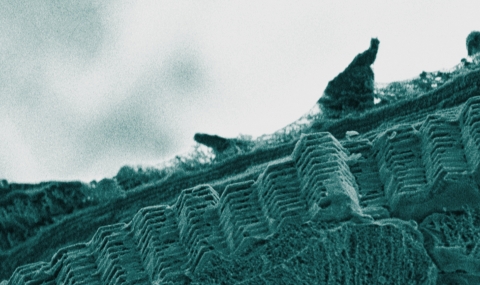Biomineralization-with Prof. Steve Weiner
Biomineralization studies the ‘hard tissues’ that organisms, from bacteria to vertebrates, produce to fulfill a wide range of functions, such as (but not limited to) skeletal support, protection of the soft tissues, mastication, navigation, interspecies signaling with structural colors and vision. The spectrum of materials used by organisms to fulfill this wide range of functions is enormous, including a large number of crystalline and amorphous minerals, and even molecular crystals.
My research in the field of biomineralization is in close collaboration with Prof Steve Weiner. Our general approach is to exploit the diversity of natural biomineralization processes in order to address specific questions related to structure-function relations and to mechanisms of mineral formation. We work on diverse organisms, currently including plant leaves, dinoflagellates, foraminifera, mollusks (pteropod shells and bivalve eyes), crustaceans (copepods and crayfish) echinoderms (sea urchin larvae), embryonic zebra fish and Koi fish. The variety and abundance of mineralized tissues offer a real treasure trove of interesting problems, especially in unraveling the strategies, design principles and formation pathways of the mineral deposits, which are most of the times unexpected and inspiring. Discovering similar pathways in widely different organisms raises fascinating questions about how common solutions have evolved.
We investigate the mineralized tissues over the whole range of sizes spanning from the crystal structures at the nanometer level to the final products that fulfill the function, and may be micrometers, millimeters or centimeters in size. To achieve this, we use a wide range of advanced in vivo and ex-vivo imaging techniques under cryogenic conditions, supported by analytical, spectroscopic, optics and crystallographic techniques, often performed in a correlative manner.
The biomineralization research ramifies in three directions:


